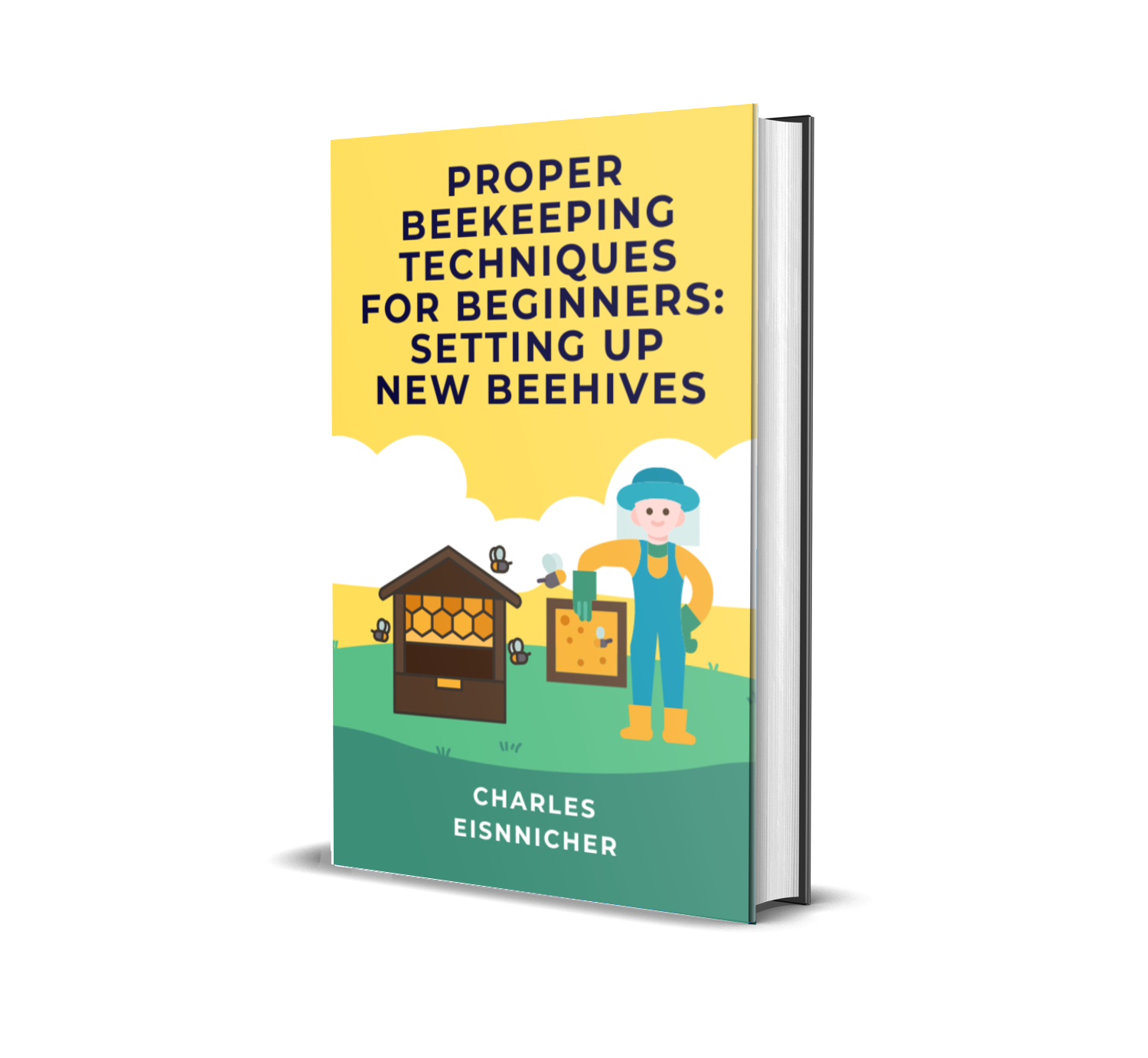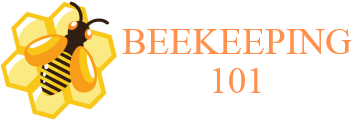If you’ve ever wanted to care for pollinators and make your backyard more bee-friendly, then backyard beekeeping might be the perfect hobby for you! It is a fascinating and rewarding experience that allows you to learn and grow with nature, while also helping to conserve and protect the environment one bee at a time. With a bit of knowledge, a few pieces of the right equipment, and the right attitude, you too can become a backyard beekeeper.
Welcome to the Wonderful World of Backyard Beekeeping! If you’re looking for a rewarding and educational experience, consider becoming a beekeeper! In this article, we’ll dive into the basics of beekeeping, discuss the essential tools and equipment you’ll need to get started, and explore the rewards of keeping bees in your backyard. Whether you want to pollinate your garden, obtain organic honey, or simply enjoy the company of bees, we’ll guide you through the steps to backyard beekeeping success.
Table of Contents
Introduction to Backyard Beekeeping
Beekeeping is an ancient practice that has recently grown in popularity, especially in suburban and urban areas. From providing pollination to backyard gardens to producing honey, backyard beekeeping offers many benefits.
To get started, it is important to do research on local and state regulations and select the right equipment. A basic setup usually includes a bee suit, smoker, hive and frames, and protective gear.
Additionally, specific types of bees suited to the local climate should be chosen. Through consistent monitoring and providing food, the beekeeper can help provide the bees with the best possible environment to thrive in.
With the right knowledge, beekeeping can be an incredibly rewarding activity!
Benefits of Beekeeping
Beekeeping offers the beekeeper a variety of benefits, ranging from providing fresh honey to the preservation of bee populations. Beekeepers rely on the honey produced from their bee yards to not only to use in their own cooking, but to also sell to local markets for an additional source of income.
Beekeeping also provides a great opportunity for education and research, since beekeepers must stay informed about bee life cycles and genetics in order to keep their hives healthy. Moreover, it helps preserve bee populations which are critical to world food security; bees fulfill their essential role in nature as the primary pollinators of many diverse crops.
Consequently, beekeeping is a vital task that offers many rewards – both economically and ecologically.

Get A Free Downloadable Ebook To Teach You How To Set Up New Beehives
Give Me My Free eBookGetting Started: Essential Tools and Supplies
Getting started on any project can be intimidating and getting the right tools and supplies can make it easier. Crucial tools you need to get started include safety gear, such as safety glasses and gloves, basic hand tools, such as hammers, screwdrivers and pliers, and power tools, such as sanders and saws.
If you plan to do painting, staining or gluing, then you’ll need brushes, rags and other supplies. Other essential supplies include screws and nails, lumber and other building materials, and adhesives.
Finally, be sure to have a well-stocked toolbox to keep everything organized. Having the right tools and supplies at hand will make it easy to get started on any project.
Setting Up Your Hive
Setting up your bee hive can seem intimidating, but with a few steps and some knowledge, it is an achievable goal. Gather your supplies – frames, foundation, exterior box and lid, bottom board, an inner cover, and a feeder – as well as tools and a veil or suit.
Start by assembling the frames and foundation according to the manufacturer’s instructions. Next, put the bottom board in the center of the hive’s location and level it.
Place the brood box on the bottom board and insert the frames. Fill the feeder with sugar syrup and place on top of the frames.
Place a queen excluder above the brood box, between it and the honey supers, then put the honey supers on top of it. Finally, place the inner cover and the lid to protect your hive from the weather.
With a little patience and the right materials, setting up your hive can be a satisfaction, with the promise of delicious honey to come.
The Life Cycle of a Bee
The life cycle of a bee begins with the queen bee, which is the only bee in the colony that can lay eggs. The eggs then hatch into larvae that are nursed and fed by worker bees, and enter a pupal stage.
This stage involves spinning a silken cocoon, where the pupa then develops into an adult bee, emerging from the cocoon in just a few weeks. After emerging from the cocoon, the adult bee then carries out its tasks of foraging for food, gathering pollen and nectar, and defending the hive.
After about a month or so, the bee eventually dies. During its whole life, the bee plays an essential role in pollination in order for flowers to be fertilized and to produce fruits.
Feeding & Monitoring Your Bees
Providing your bees with the right nutrition and diet is essential to their survival and hive productivity. Beekeepers must feed the bees a combination of sugar and water in order to maintain their health.
Additionally, monitoring the hive regularly is vital in order to detect issues like pests, diseases, and lack of food. To ensure appropriate feeding, use a bee-feeder and a mixture of sugar, water, and pollen supplement.
To monitor the hive, make sure to inspect the hive weekly and observe bee behavior, brood production, and honey production. When providing food and monitoring the hive, taking caution to not disturb the bees is recommended.
By feeding and monitoring your bees, you can create a supportive environment for your apiary to thrive.
Harvesting Honey
Harvesting honey is both an art and a science. After the flowers have bloomed, bees fan their wings, transferring pollen from flower to flower, ultimately creating the honey that beekeepers laboriously collect.
The Beekeeper begins by capping the honey filled cells with a special capping press. Then, a special uncapping knife slides through the caps like butter, exposing the raw honey.
The honeycomb is scraped off the frames and placed in a centrifuge (an automated honey extracting machine) where the honey is spun out. After spinning, the processing is complete and the raw honey is ready for consumption, bottling, and sale.
Pest & Disease Management
Pest and disease management is a fundamental component of successful agricultural production. By properly identifying and controlling potential infestations, farmers can protect their crops and yield quality products with optimal yields.
Pest and disease management practices range from combining crop rotation and planting more resistant varieties to using chemical treatments, with physical methods like using barriers or traps proving to be the most efficient. Effective pest and disease management requires well informed knowledge about the type of problem and the best solution for particular circumstances, so it’s important for farmers to invest in reliable information sources on pest and disease management.
Regulations & Laws
Regulations and laws work together to ensure the safety and wellbeing of individuals and societies. Regulations are imposed by various levels of governments and have the goal of setting standards and responsibilities to help create order.
They are usually created by executive departments within the government, and have the authority of law but typically do not require a debate or vote by members of elected government. Laws, on the other hand, are set by elected representatives in the legislature and must pass debate and voting to become legally binding.
They are used in order to provide protections or sanctions that aim to make society a better place to live and work. Although there can be disagreements about what regulations and laws should be in place, the combined effect is often beneficial to the public.
Tips and Tricks to Beekeeping Success
Beekeeping is a rewarding and enjoyable activity, but to be successful, there are some tips and tricks you should know. Firstly, create a nurturing environment for your bees.
Provide them with plenty of fresh water and a sunny site that has shelter from wind and rain. Secondly, inspect your hive regularly to ensure your bees are healthy and not suffering from pests or diseases.
Thirdly, ensure the hive has enough room for them to store honey and breed. Last, but certainly not least, be patient when getting started and research the many different techniques and methods used in beekeeping.
In order to have a happy and successful colony of bees, it is important to follow these tips and tricks.
End Note
We hope that this blog post has given you a better idea of the great experience of becoming a backyard beekeeper! Keeping bees around your home has great potential rewards, but it also has the potential to be a long-term commitment. It is important to remember to take the time to plan, research, and prepare to ensure the bees are healthy and your property is safe.
With a little extra effort, you may just find yourself harvesting delicious honey from your own backyard!
Charles

Get A Free Downloadable Ebook To Teach You How To Set Up New Beehives
Give Me My Free eBook









